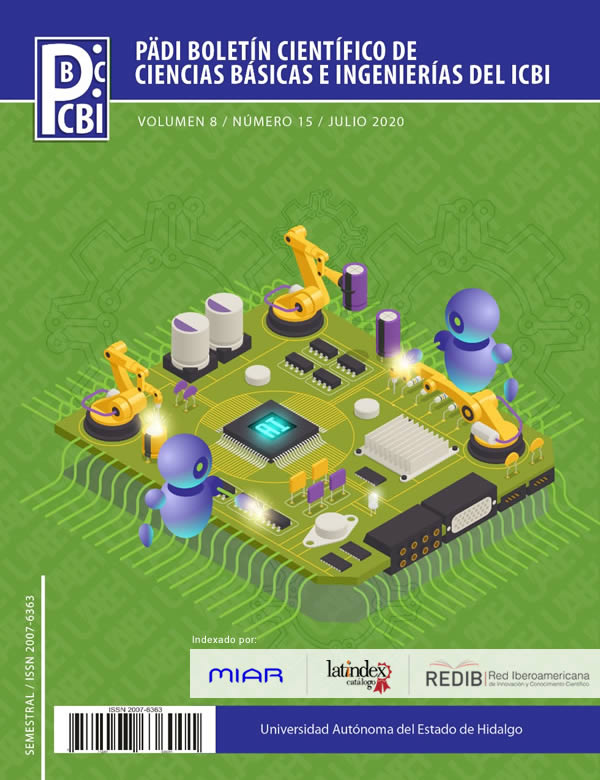Sobre un criterio de divisibilidad entre once
DOI:
https://doi.org/10.29057/icbi.v8i15.5632Palabras clave:
Divisibilidad, Números enteros, Número capicúaResumen
Despu´es de una breve rese˜na sobre la divisibilidad de n´umeros enteros, en este trabajo presentaremos el siguiente criterio sencillo de divisibilidad entre 11, el cual es in´edito en lo que a los autores respecta: un n´umero entero es divisible entre 11 si y solo si la suma del n´umero formado por sus dos ´ultimos d´ıgitos m´as el n´umero resultante al borrar esos dos ´ultimos d´ıgitos es divisible entre 11. Tambi´en se incluyen algunas aplicaciones y notas hist´oricas.
Descargas
Información de Publicación
Perfiles de revisores N/D
Declaraciones del autor
Indexado en
- Sociedad académica
- N/D
Citas
Apostol, T. M., 1976. Introduction to Analytic Number Theory. Springer-Verlag, New York.
Bogomolny, A., 2018. Divisibility by 7, 11, and 13. U´ ltimo acceso 10 de marzode 2020. URL: https://www.cut-the-knot.org/blue/div7-11-13.shtml
Cantor, M., 1880. Vorlesungen ¨uber geschichte der mathematik. Internet Archive. URL: https://archive.org/details/vorlesungenberge02unse/page/8/mode/2up
Dickson, E., 2005. History of the Theory of Numbers. Divisibility and Primality. Vol. 1. Dover, New York.
Kisačanin, B., 2002. Mathematical problems and proof. Combinatorics, number theory and geometry. Kluwer Academic Publisher, New York.
McDowell, E. L., 2018. Divisibility tests: A history and user’s guide. Convergence. DOI: 10.4169/convergence20180513
Niven, I., Zuckerman, H. S., Montgomery, H. L., 1991. An introduction to the theory of numbers. John Wiley & Sons Inc., New York.
Ore, O., 1988. Number theory and its history. Dover, New York.
Preneel, B., Rijmen, V., 1998. Cryptographic primitives for information authentication - state of the art. Lecture Notes in Computer Science 1528, 49–104.
Renault, M., 2006. Stupid divisibility tricks. 101 ways to stupefy your friends. Math Horizons 14 (2), 18–42. DOI: 10.1080/10724117.2006.11974676
Richmond, B., Richmond, T., 2004. A discrete transition to advanced mathematics. Vol. 3. Pure and Applied Undergraduate Texts. American Mathematical
Society, Providence Rhode Island.
Singler, L., 2002. Fibonacci’s Liber Abaci: A Translation into Modern English of Leonardo Pisano’s Book of Calculation. Sources and Studies in the History
of Mathematics and Physical Sciences. Springer, New York.
Smith, F., 1971. Divisibility rules for the fifteen primes. The arithmetic teacher 18 (2), 85–87.
Studio Kamada, 2020. Factorization of 11...11 (repunit). U´ ltimo acceso 10 de marzo de 2020. URL: https://stdkmd.net/nrr/repunit/
Wells, D., 1986. The penguin dictionary of curious and interesting numbers. Penguin Books, Great Britain.
Wikipedia, 2020. Divisibility rule. U´ ltimo acceso 10 de marzo de 2020. URL: https://en.wikipedia.org/wiki/Divisibility rule




















